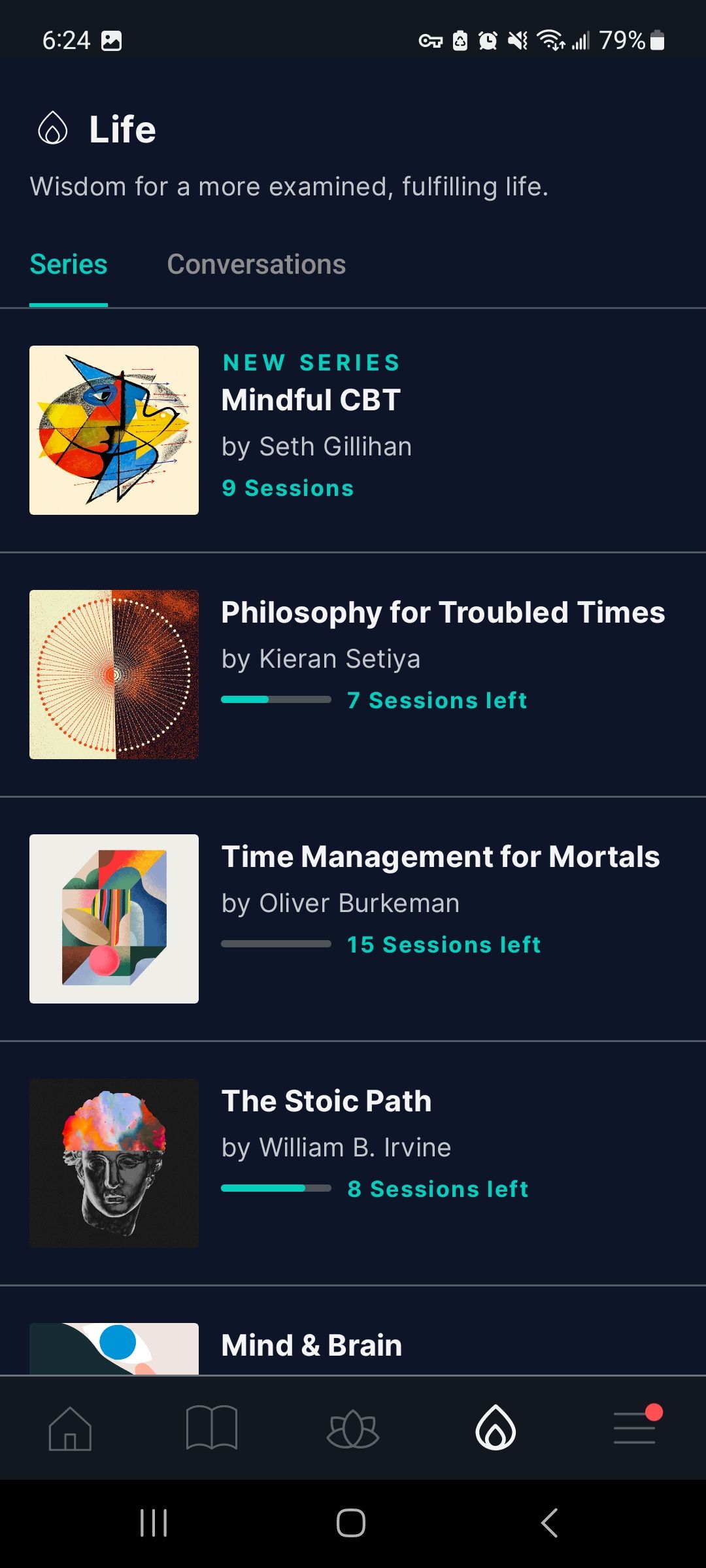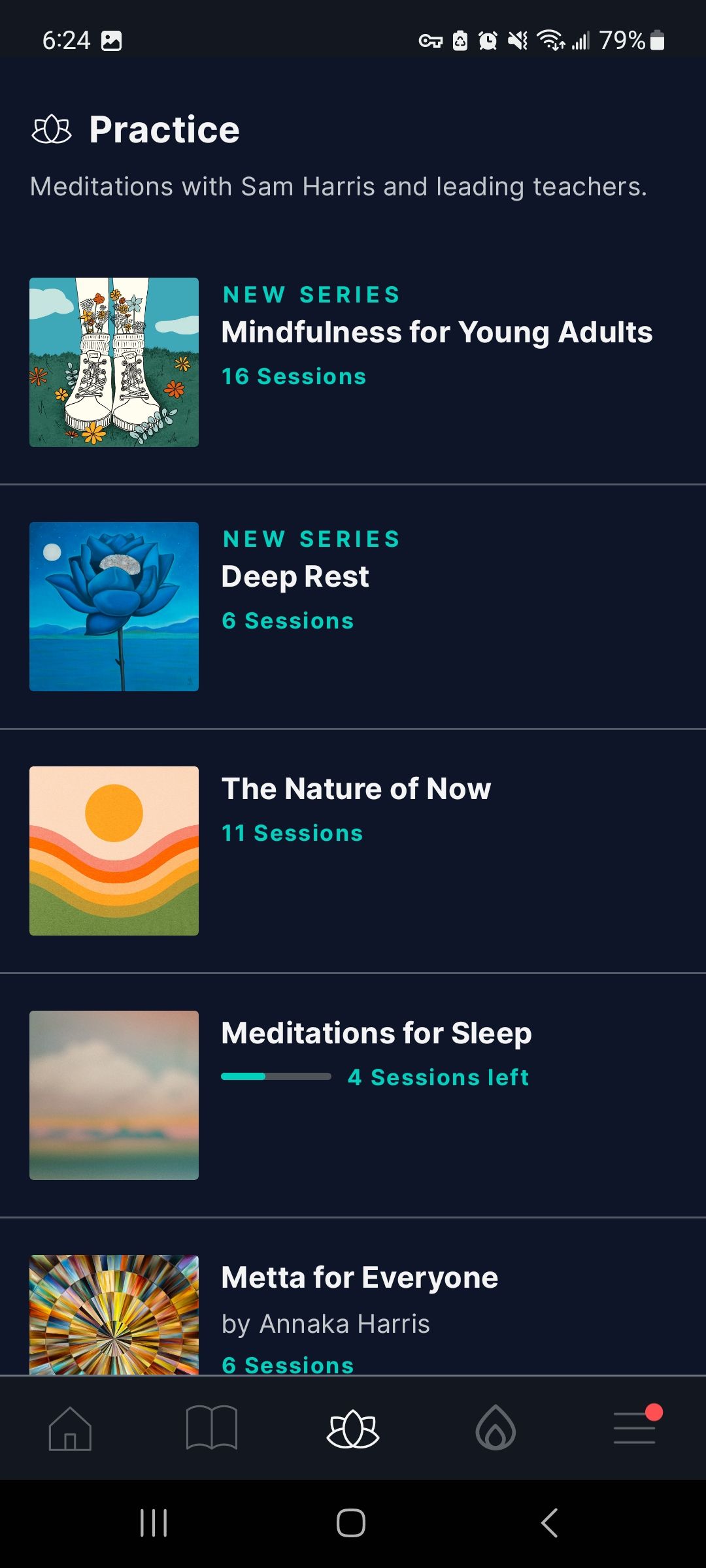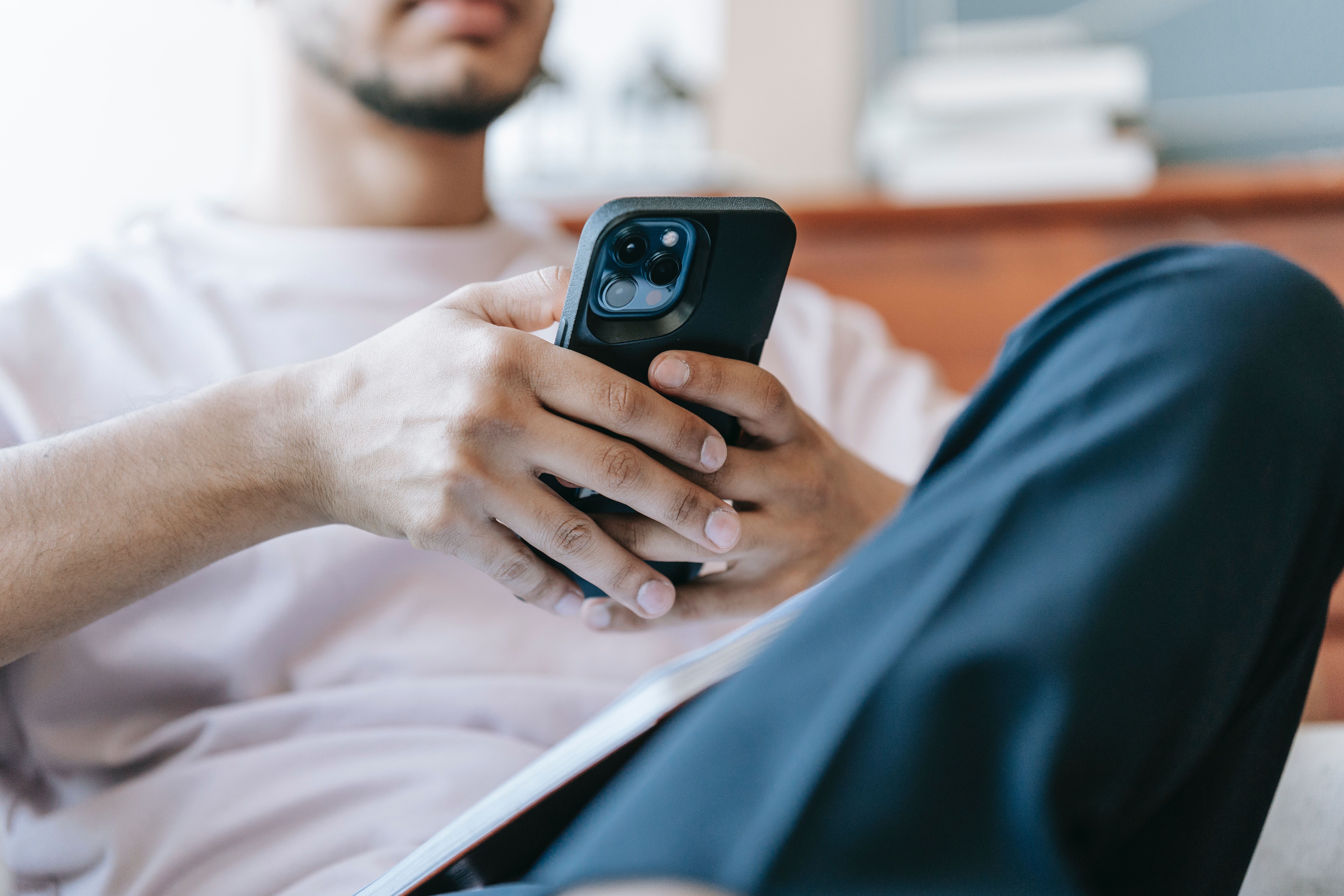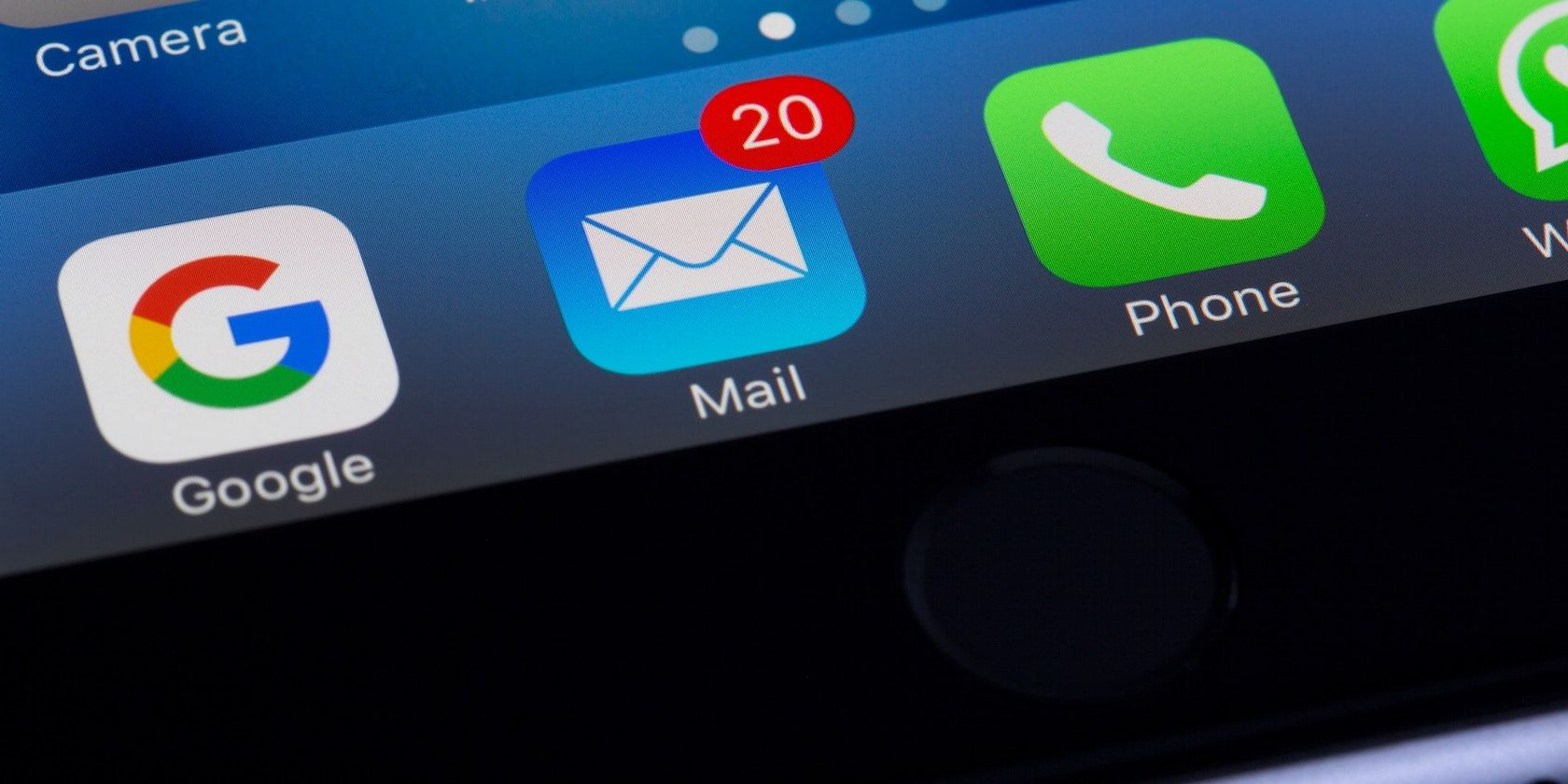By being fully present and intentional in your tech usage, you can say goodbye to stress, and hello to both better focus and an improved mood all around. Not to mention, being mindful can prevent some of the nastier side effects associated with technology overuse, like headaches, eye strain, and poor sleep.
Being mindful of how you use technology might even improve your relationships with others, as you'll be less distracted by your screens. So, take a deep breath and check out some practices you can employ to use technology more mindfully. Your mind and body will thank you for it!
How Mindful Are You About Your Tech?
You might not realize how "mindless" you are acting when using technology. For this reason, it might be in your best interest to start with a little self-assessment.
Mindfulteachers.org has a nifty, short quiz that'll give you a little insight into the nature of your mind in relation to your technology use. By answering a series of true/false, questions you will quickly realize whether your relationship with technology is healthy or needs some attention.
Here are some questions to think about:
- Have you looked at your phone instead of talking to the person in front of you?
- Have other people told you that you spend too much time looking at your phone?
- Have you felt lonely looking at photos of an event that you weren't invited to?
If you answered "true" to these questions, you might want to consider changing how you use technology.
Be Mindful of Posture While Sitting at Your Desk
Mindfulness is all about being in the present moment, aware of passing sensations in the body and mind. And because you might spend a lot of time sitting at a desk, this becomes a great opportunity to practice mindfulness.
For example, how are you sitting right now? Are you slouched over or sitting upright? Set an intention to sit with good posture: keep your back straight but not rigid, engage your core, and use your ergonomic setup the way it was meant to be used.
Then, explore other tips you can follow to keep a healthy posture, such as adjusting your chair and upgrading your monitor.
Use Technology Purposefully
We all know what using technology mindlessly looks like. Just think about someone who is so captivated by their smartphone that they walk headfirst into a streetlamp, or someone who is on a date but checking messages during the conversation.
On the other hand, using technology purposefully means using it in a way that aligns with your goals and values. This looks radically different and can be a liberating experience.
Consider your social media usage. Instead of mindlessly scrolling endless feeds, use it only to connect with friends and family. Similarly, you can use technology mindfully when pursuing specific health and fitness goals. Most smart devices come equipped with activity-tracking apps, and there are countless third-party apps to help you stay fit.
You can also look at this list of several ways to avoid becoming a smartphone addict. For example, consider using one piece of tech at a time, having a dedicated location in your home where you keep and use your smartphone, and banning all devices from the bedroom where your sole focus should be sleep.
Be Mindful of How Technology Affects You While You're Using It
The research is clear: social media is making you sad. By paying closer attention to your moment-to-moment experience while using Facebook or Instagram, you might recognize varying degrees of FOMO, craving, envy, or jealousy. Recognizing that you're having these feelings is an important first step in doing something about them.
After all, the experience of our mind is the experience of our life. So, you want to engage in activities that promote positive mental experiences and avoid those that leave you feeling inadequate or unsatisfied with yourself.
In addition to monitoring your emotions in real-time, experiment with monitoring your breath as you use tech like social media. You might notice you hold your breath or increase your breathing rate while browsing social media or the news online. By practicing slow, deep breaths, you might just override the negative impacts that technology can have on your well-being.
If you have a regular meditation practice and have developed a moderate degree of concentration, paying attention to how you feel while you use technology will become easier. If you don't, check out one of the many meditation apps and get started today.
For example, the Waking Up app offers guided meditations and conversations with teachers, and it will even send you "mindful moments" throughout the day to support your quest for equanimity.



Set Boundaries and Set Up a Schedule
Because technology is so often designed to capture our attention, schedules can be a great way to limit the negative impact of screen time.
Experiment with setting up defined times for when you engage with technology. For example, you could dedicate 30 minutes on Saturday morning to checking LinkedIn for new notifications and 15 minutes in the morning, afternoon, and evening to sending text messages. Or you can set a timer to turn off your Wi-Fi at a certain time every night.
You can also use schedules to remind you to be more mindful. 30 minutes of practice every morning can have a life-changing impact on your mood, levels of anxiety, and compassion for other people.
Be Mindful of Online Interactions
Do you talk to people online the same way you'd talk to their faces? Judging by some of the comments posted by people on social media, many people are not aware of how angry or mean they can be.
For this reason, when interacting with people online, try to be mindful of how you come across. You can do this by imagining that you are talking to others face-to-face.
If you want to level up your mindful communication toolkit, you can consider the following guidance drawn from Buddhist wisdom: only speak or say things that are simultaneously kind, useful, and true. If what you have to say is not all three of these adjectives, don't say it.
Limit Unnecessary Non-Human Notifications
Apps, online services, businesses, and influencers want you to pay attention to them. They aim to grab your attention through a litany of badges, notification bars, sounds, emails, and text messages.
Constant distractions and attention-hoarding notifications are antithetical to mindful technology use. Fortunately, there are several ways to limit notification fatigue and give yourself a better chance of resisting these distractions, such as turning off all unnecessary, non-human notifications.
Using Technology Mindfully to Feel the Peace
Mindfulness can help you use technology in ways that work for you, instead of you being used by it. By being fully engaged and purposeful in your technology usage, you can dramatically improve your well-being. You'll be more interesting to the people around you, have more time for the things that matter, and feel better about who you are as a person.




